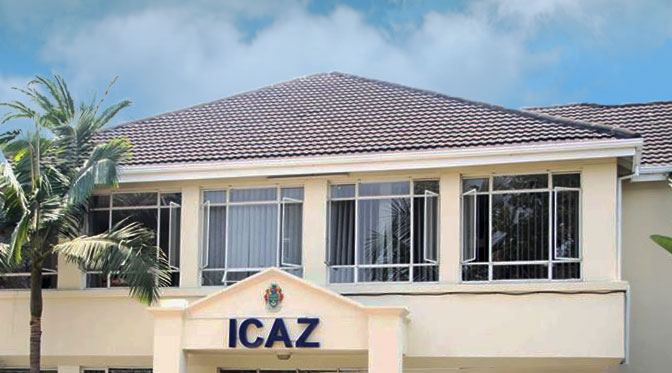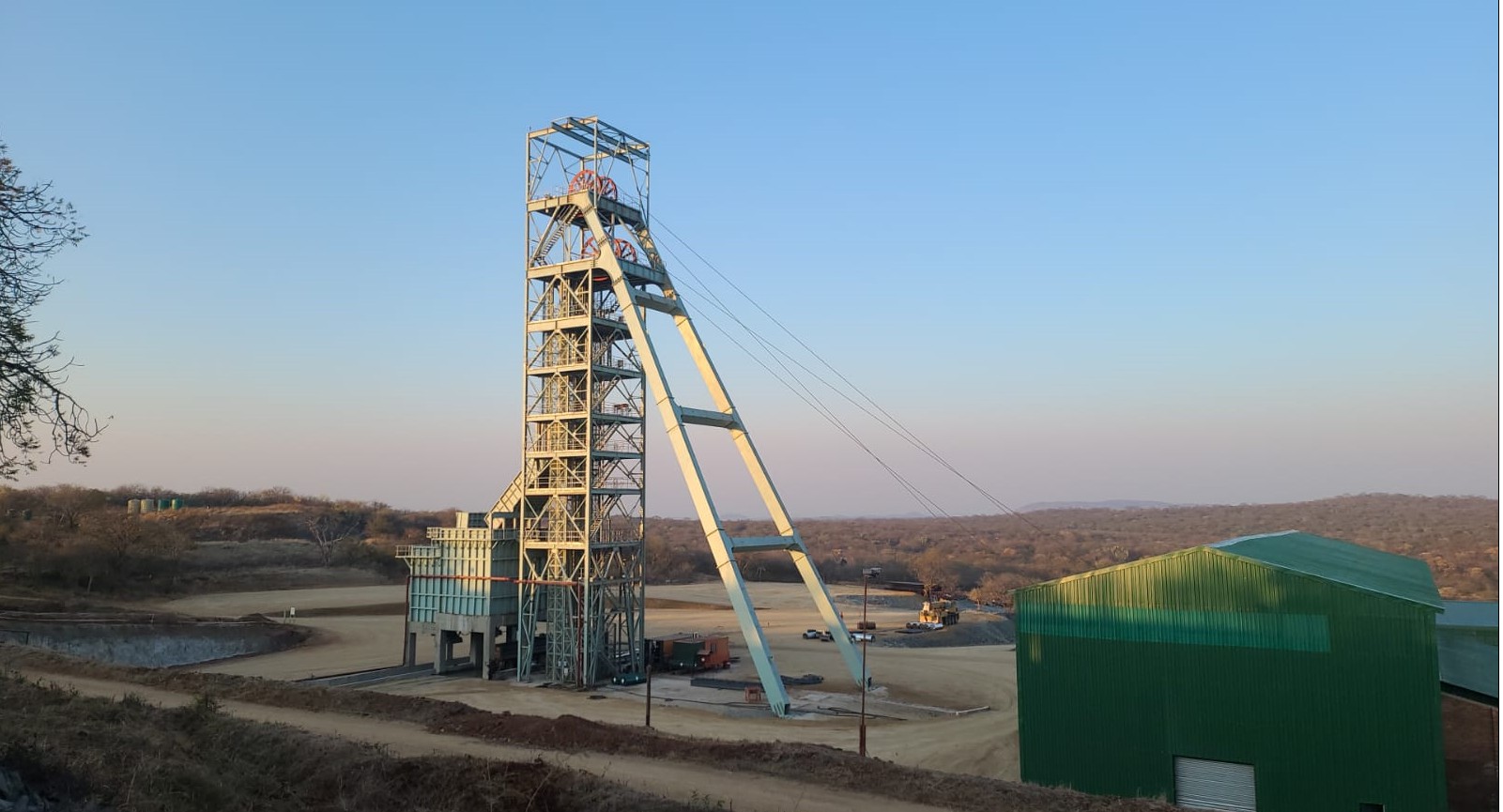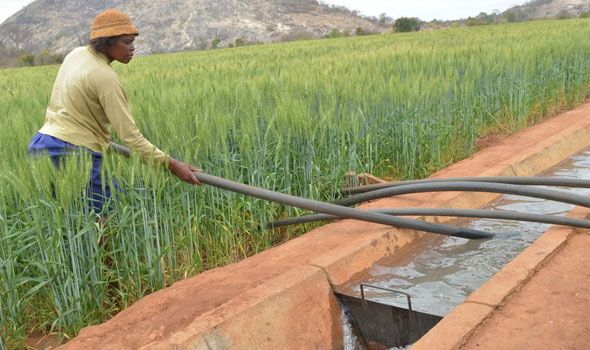Q2 power generation up 27,5 percent
THE country’s power stations generated 1,797GWh of electricity in the second quarter of the year with Kariba Power and Hwange Thermal Power Stations accounting for 60,9 and 31,2 percent, respectively a development that saw a sharp drop of 56,5 percent quarter-on-quarter in imports, Zimbabwe National Statistics Agency (ZimStat) report shows.
As of yesterday, 1 556 megawatts were produced with Hwange contributing 985MW, Kariba (550MW) and independent power producers adding 21MW.
The power generated slightly dropped from 1 681MW produced on Monday, Zimbabwe Power Company’s daily electricity generation figures show.
The country continues to pursue options that will result in increased power generation as it seeks to be energy self-sufficient and then consider exporting to the region.
Load shedding increased recently when power generation plunged to about 600MW from all power plants including Hwange Power Station, Kariba South Hydro Station and small thermal power stations.
According to the Index of Electricity Generation (IEG) report released by Zimtat last week, Acting Director-General Mrs Matiwonesa Phiri said the quarter-on-quarter comparison shows a 27,5 percent increase from 55,9 in the first quarter 2023 to 71,3 in the second quarter of the year.
“A total of 1,797GWh of electricity was generated during the 2nd quarter of 2023. Kariba Power and Hwange Thermal Power Stations accounted for 60,9 and 31,2 percent, respectively,” she said.
The continued improvement in power generation is helping Zimbabwe reduce electricity imports and ease power cuts.
This is driving increased industrial production as there is now a guaranteed electricity supply, a key economic enabler and driver towards the realisation of Vision 2030.
Mrs Phiri said a total of 375,9GWh of electricity was imported during the second quarter, reflecting a 56,5 percent quarter-on-quarter decrease from 863,4GWh imported in the first quarter of 2023.
The report indicates that 50,6 percent of the 375,9GWh electricity imported in the period under review was from Eskom (South Africa), while 36,8 percent was from HCB of Mozambique.
The 6,8 percent was obtained from the Day Ahead Market, Southern African Power Pool (DAMSAPP).
The volume of electricity exported in the period under review was 35,4GWh, representing a 57,1 percent decline from 82,5GWh exported in the first quarter of the year.
Total volume of electricity distributed was 2038,2GWh, resulting in a 1,8 percent increase from 2002,9GWh distributed in the first quarter 2023.
The manufacturing, transport and construction sectors combined, received 583,3GWh of the distributed electricity during the second quarter. Domestic consumers received 522,0 GWh, mining and quarry (39,26 GWh) and 11, 84 GWh was distributed to agriculture and forestry sectors.-chronicles










